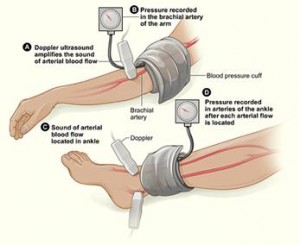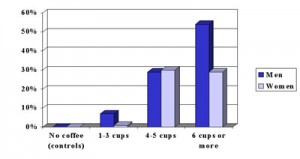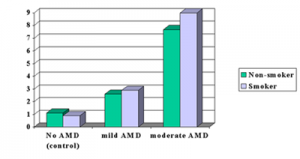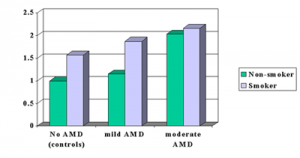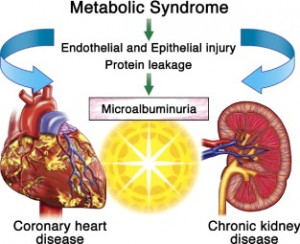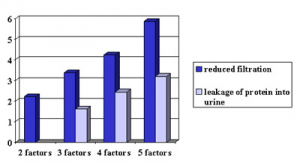Sniffing out disease has become a reality with a new device called Cyranose 320.
This electronic “nose” is able to recognize bacteria by sampling a patient’s breath.
The device has been tested and found to be quite accurate, as it was able to successfully diagnose 92 % of pneumonia cases in 25 patients.
This hand-held little invention costs about $8,000, and has been fitted by researchers at the University of Pennsylvania with a smart chip, which is capable of learning chemical “smellprints” of different bacteria. A further study showed that the Cyranose was also able to diagnose sinusitis- the most common respiratory complaint in US outpatient clinics.
This electronic nose will show its value for early detection of pneumonia in the intensive care unit, where patients on ventilators can be safely and quickly tested. About 25 % of these patients on the average develop pneumonia, and the lead researcher of the first study, Dr. William Hanson III, emphasizes that early recognition of pneumonia and avoiding wrong diagnoses is crucial for the swift treatment of pneumonia, which can be life saving.
Reference: National Review of Medicine (Canada), June 30, 2004, page 5
Last edited December 8, 2012



